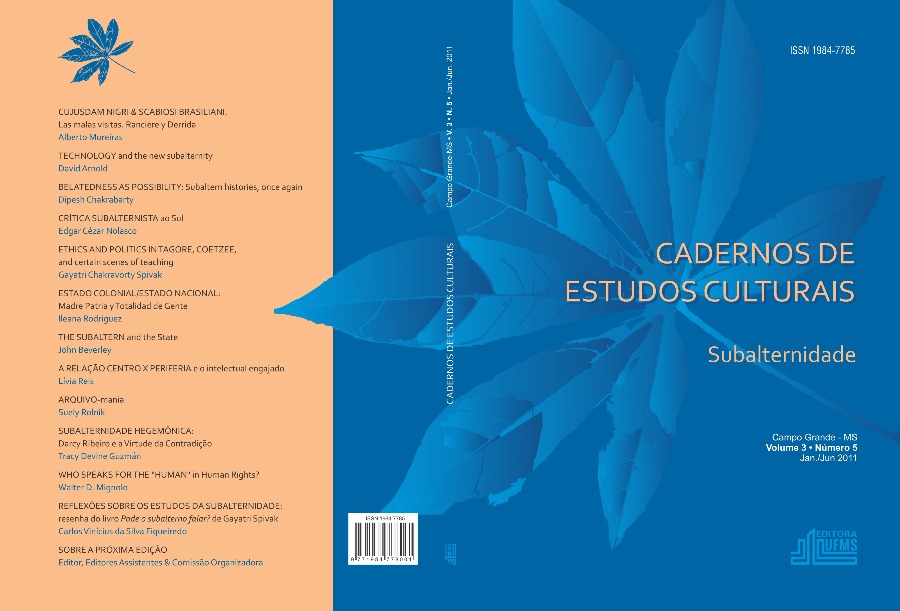Technology and the new subalternity
Resumo
Histories of the material conditions and everyday consciousness of subaltern
groups tend to focus either on the peasant masses in the countryside or on the newly constituted ranks of urban industrial workers. Certainly, this has been the case with studies of colonial India. Only rarely do discussions of subalternity, even in an age of capitalist transformation and technological modernity, address the fate of village artisans and other rural workers located outside the main body of the peasantry or that of the many urban subordinate groups who toiled outside factory gates. Ideas of subaltern experience, exploitation and resistance are commonly expressed in terms of nineteenth- century society rather than in relation to new modes of subalternity, a subalternity to the machine and not just merely to capital and the labour process, that had become increasingly widespread in India and across the colonial world by the mid-twentieth century. Equally, the impact and significance of technological modernity is more often viewed from the perspective of the colonial power or ‘modernizing’ indigenous elites rather than in terms of how it impacted on the lives, the expectations and the work regimes of the subaltern classes. This essay attempts to provide an overview of the changing relationship between technology and subalternity in India between about 1890, the approximate date from which many of these changes can be dated, and the end of British colonial rule in 1947.
Referências
Não há referências

Este obra está licenciado com uma Licença Creative Commons Atribuição-NãoComercial 4.0 Internacional.







